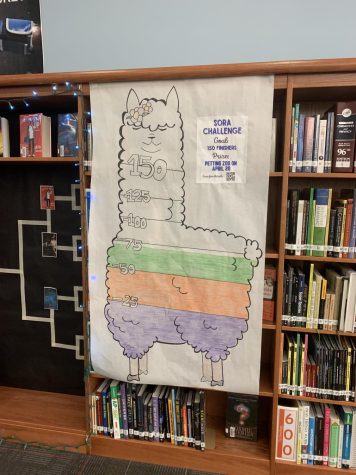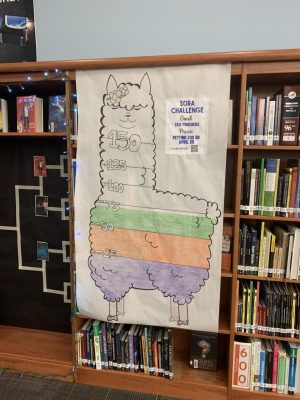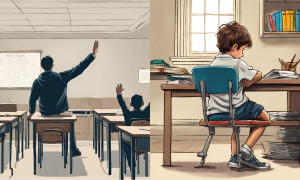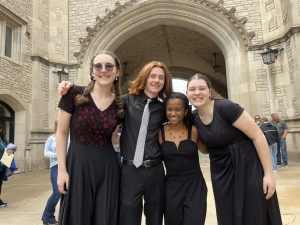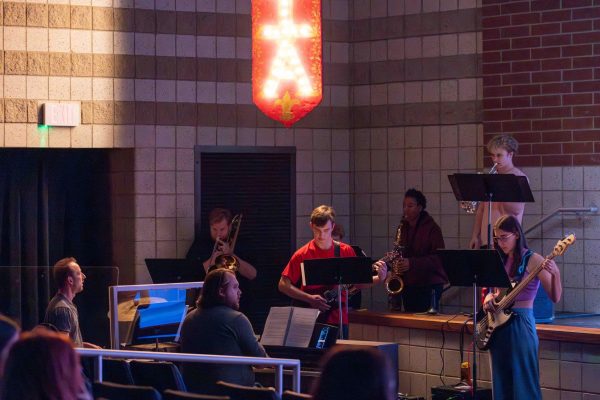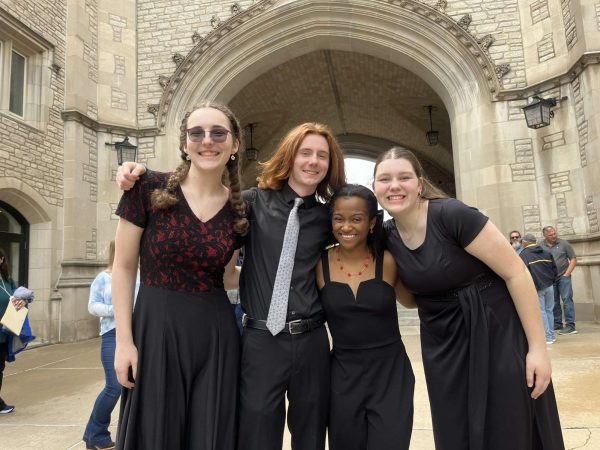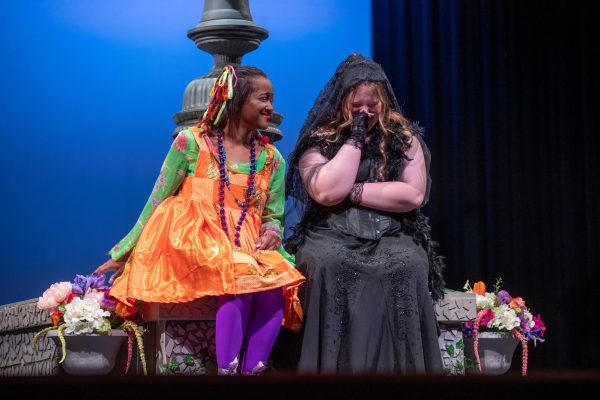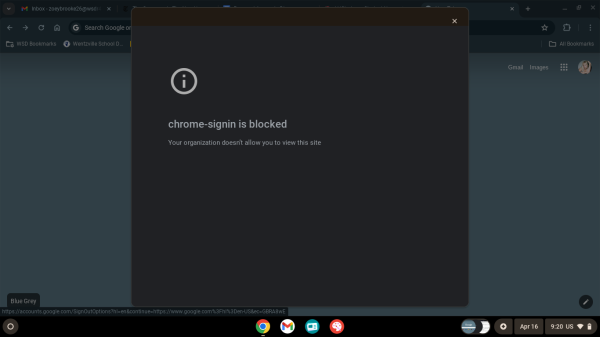Daylight Savings Time Possibly Permanent
The bill has faced widespread criticism by sleep experts and school students
The bill seeks to make daylight savings time permanent.
April 12, 2022
With spring in full swing, the sun began to shine an extra hour on March 13 as daylight savings kicked into effect. While some people are looking forward to falling back this November, that concept may become a thing of the past.
The U.S. Senate has unanimously passed H.R. 69 The Sunshine Protection Act, which would mean that Americans will no longer be turning their clocks back and forward with the changing of the seasons. If passed through the entire legislative process, we would maintain the relationships between clocks and sunshine that we have in the spring in summer. In other words, we would stay “sprung forward.”
The bill was introduced by Florida senator Marco Rubio (R) in 2018 and has received bipartisan support, co-sponsored by 30 Republicans and 15 Democrats, sponsored at the head by Florida representative Vern Buchanan (R).
The bill has been met with some opposition from parents with children who wake up early for school, especially for those who will be standing in the dark while waiting for their school bus. Sleep experts have also critiqued the bill for not taking into account the innate circadian rhythms of the brain that are influenced by the rising sun — some people may find it more difficult to wake up in the morning when there is no sunlight. In some states, from Washington to Indiana, the sun would not rise until 9 a.m.
The reasoning behind this bill was not just to maintain a uniform time, but also to keep people safer at night with an extra hour of sunlight — by the reasoning of many of the bill’s sponsors, more light means fewer opportunities for crimes to occur under the cover of darkness in the evening.
This bill will not affect some states such as Arizona and Hawaii, which already do not observe the changing of clocks.




